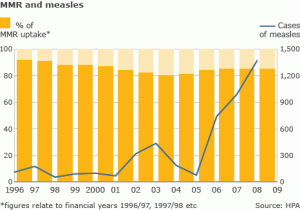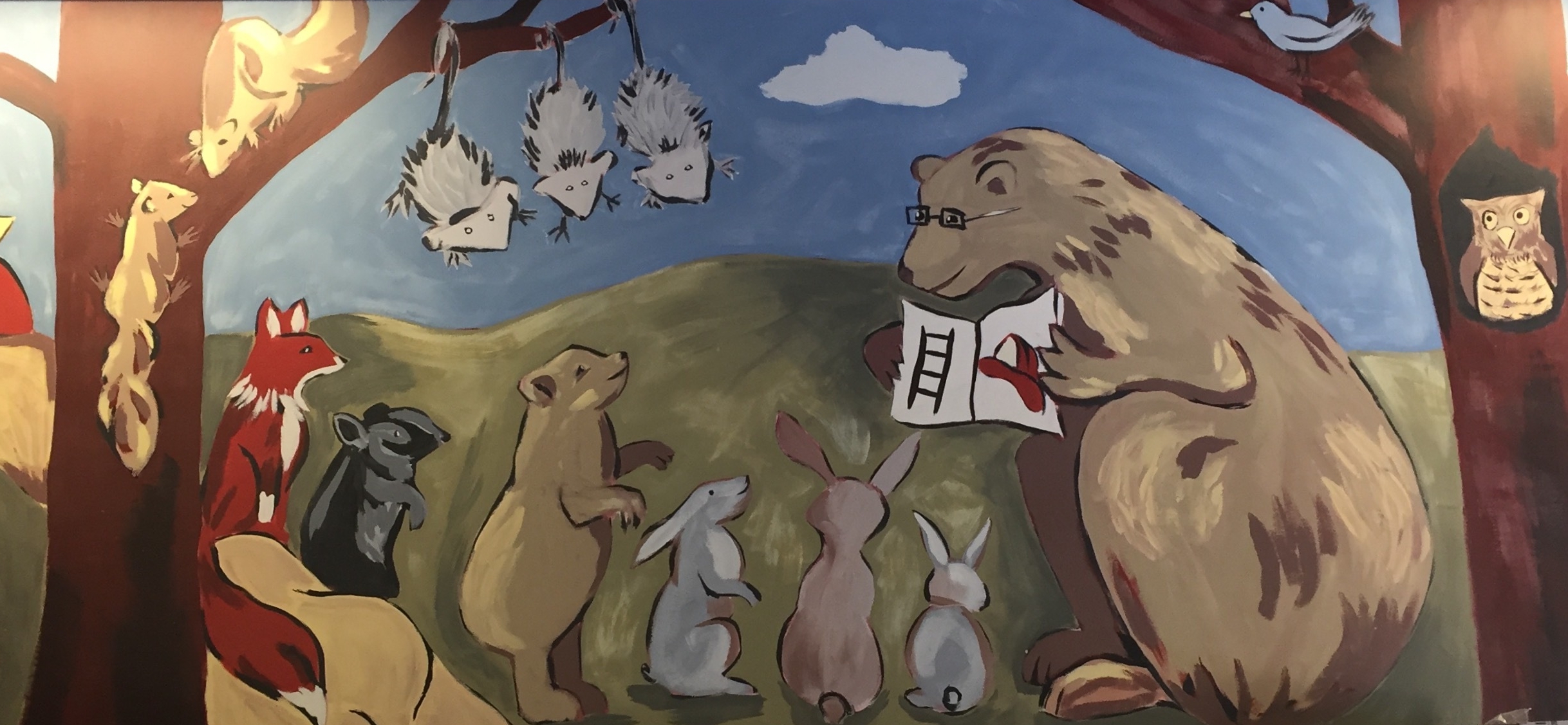What Every Parent Needs to Know
Posts by Month
Interview with Dr. Robbins
/Lamorinda Pediatrics’ Dr. Daniel Robbins talks about bringing vaccinations to Zimbabwe, and childhood immunizations’ dramatic affect on children’s health here in the United States.
Interview with Dr. Hanson
/Walnut Creek pediatrician Dr. Charles Hanson speaks with Dorothy about being a solo practice, the future of H1N1, and vaccinations’ unprecedented positive impact on children’s health and mortality.
posted by Dorothy
Dr. Rob Schechter On Vaccines
/Posted on December 1, 2010 by Dorothy
Dr. Rob Schechter is a pediatrician with the California Department of Public Health Immunization Branch.
When Dorothy asked that I blog about vaccines, I thought I would talk about recent headlines that touch on two important aspects about the decision to vaccinate, protecting your child and protecting those around you in the community, including your family and friends.
LONDON CALLING
In January 2010, the General Medical Council (GMC), which regulates English physicians, reported that Dr. Andrew Wakefield, who first suggested a (now disproven) link between the measles, mumps and rubella (MMR) vaccine and autism, had acted “dishonestly and irresponsibly” and with “callous disregard” to children in conducting his research. His actions are itemized over 55 pages of the report from the 2½ year GMC investigation: They include having had developmentally-disabled children receive spinal taps and colonoscopies without any medical need.
In response to the GMC findings, a premier medical journal formally retracted Dr. Wakefield’s original 1998 article that reported the research in question. Ten of Wakefield’s 11 co-authors had issued a partial retraction in 2004.
When speaking with the press at the time of the article’s publication in 1998, Dr. Wakefield advised against giving children the combination MMR vaccine. His ideas received extensive publicity in the British media and public, and in the ensuing fear, the proportion of British children immunized against measles fell to a low of 80% by 2004 (See bars in Table below). As a result, there are now enough people in England who are not immune to measles to permit widespread transmission. The number of people sick from measles, a potentially life-threatening disease, has dramatically increased in the UK (See trend line in Table below). In response to the spread of measles, vaccination rates have increased since 2004 but still have not regained the pre-1998 levels of over 90% that minimized the spread of disease.

2-FOR-1
This episode illustrates that vaccines can provide 2 layers of protection to you or your child. The first layer is to the person getting vaccinated. The second layer is to entire community, but only if enough people are vaccinated to limit the spread of disease to other people.
In England, the level of immunization nationwide against measles has dropped below the level of community protection with dangerous results. The same situation has occurred on a smaller scale close to home. In 2008, outbreaks of pertussis (whooping cough) in our neighbors and of measles in San Diego, resulting in children getting hospitalized, took place occurred in schools and social networks where many parents have declined to immunize their children.
When you decide to vaccinate your child, you are providing immunity to your child and to your child’s community at OFS and beyond. Likewise, high levels of vaccinations of all of those around you help to keep your child healthy. As an old hymn asks (if in a different meaning), “will the circle be unbroken?”
Dr. Robert Schechter, MD
Interview with Dr. Dovichi
/Dorothy interviews Orinda’s Dr. Jennifer Dovichi of Summit Pediatrics about Autism, being a pro-vaccine practice, modified vaccine schedules, and her practice’s rapid response to H1N1.
Welcome to our first posting!
/Posted on December 14, 2010 by Dorothy
I chose a discussion of childhood vaccinations for our debut not only because vaccination is a vital contemporary issue worldwide, but because it is a significant one for me personally.
My business, and my life’s work, are based on caring for our community’s babies and small children. Being the owner of three preschools brings with it a tendency toward macro-level concern for public health, and has raised strong feelings in me about vaccination.
As part of my preparation for addressing this topic, I interviewed local pediatricians and read the new book by Michael Specter titled Denialism: How Irrational Thinking Hinders Scientific Progress, Harms the Planet, and Threatens Our Lives. The author’s premise is that the validity of the scientific method, and decision-making based on its results, is falling out of popular favor, leading larger and larger groups of Americans to make fear-based decisions fueled by anecdotal or emotional input, rather than evidence-based decisions based on statistical probabilities and reliable scientific data.
Specter, a staff writer for The New Yorker, explores in depth three American examples; one of these is the vaccine controversy. He observes with dismay that parents are increasingly swayed more by one compelling individual story linking vaccine to neurological injury, than by a comparison of the likelihood of contracting a vaccine-preventable disease to the likelihood of vaccine injury.
Specter’s point really spoke to me. I have listened carefully to the worries of our parents about the possible vaccine-Autism link, and other concerns that they share about vaccine injury. While I understand these fears, I confess to being mystified at the decision to give less weight to polio, rubella deformity, meningitis, or the horrible death that can be caused by whooping cough, than to the very small and probably disproven possibility that vaccines might cause Autism. Even if a cause-and-effect relationship could be confirmed between the two, the numbers still overwhelmingly favor vaccination.
As a parent myself, I chose and would again to vaccinate on schedule. However, I genuinely support a parent’s right not to. I know that many parents truly agonize over vaccine decisions, and are left with some degree of discomfort regardless of what they choose. We must make the best decisions we can based on what is right for our child and our family. In the end, only each child’s parents can make this call.
However, the discussion becomes even more complex when we factor in the health of our community as a whole. Pediatricians agree that the time of greatest vulnerability to disease for an American child is approximately 9-15 months – after many finish breastfeeding, but before completion of the recommended vaccination schedule. Of course, beginning care at a preschool often also roughly corresponds to the end of breastfeeding, that powerful immune system ally.
Babies in this age-range who enter Old Firehouse School, along with the mothers pregnant with siblings of our children, are the members of our community most vulnerable to the fatal illnesses we have worked so hard to eradicate through vaccination. Preschoolers whose parents have chosen to avoid or delay vaccination are the population most likely to be carriers of these very illnesses.
As the person at whose desk the buck stops, I worry about the dangerous combination I am unwillingly allowing in our preschools. Mixing these populations in close quarters is bad public health policy, yet Old Firehouse School is legally required to do exactly that; if I turn away children whose families have chosen not to vaccinate them, or to delay vaccination, we will lose our childcare license. I can’t help but feel a mixture of worry and a sense of grave responsibility when I think about the unprotected kids we care for, and the little babies so close by.
An extremely troubling illustration is the current epidemic of whooping cough in California; we even had a case of this disease at one of our schools. Writing for The San Diego Union-Tribune, Janet Lavelle states that as of September 22, 2010, “Statewide, there have been 4,017 confirmed cases so far this year, including nine deaths. All of the deaths were infants under 3 months of age…” PKids.org has addressed the epidemic in this video:
Here on our website you’ll find videos of me discussing these issues with several of the most experienced and well-respected pediatricians in our communities. I hope that hearing their thoughts and the information they have to offer on this difficult subject will make these tough choices easier for some of our parents.
Dorothy Stewart, Ed.D.
Executive Director and Founder Old Firehouse School








